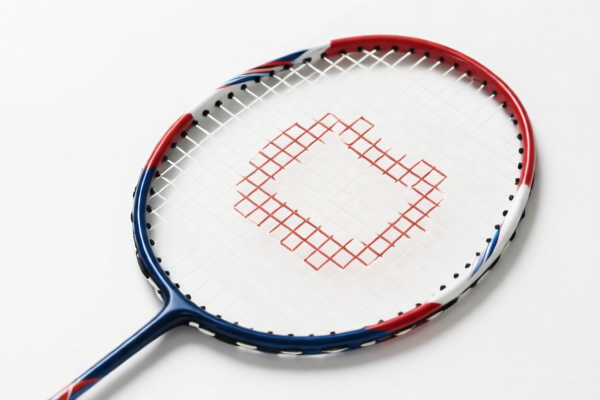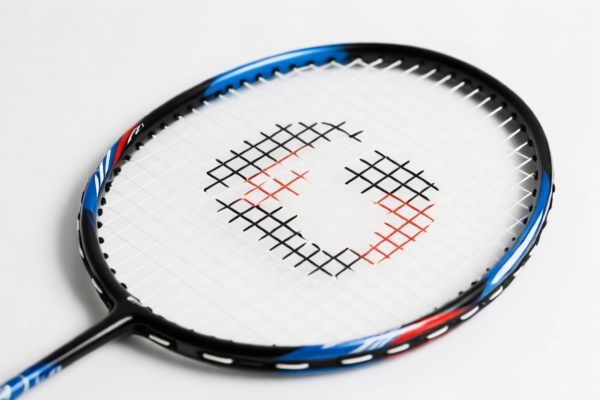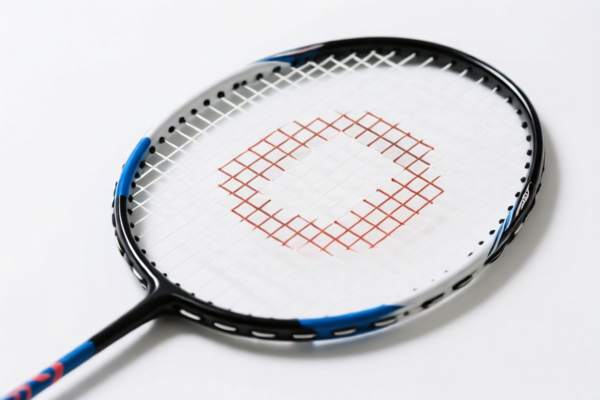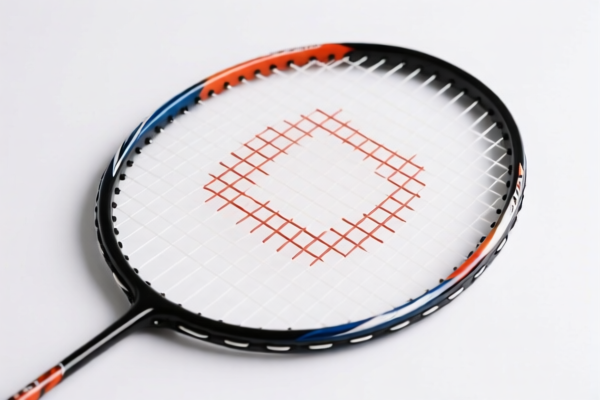| HS Code | Official Doc | Tariff Rate | Origin | Destination | Effective Date |
|---|---|---|---|---|---|
| 9506594040 | Doc | 35.6% | CN | US | 2025-05-12 |
| 9506991200 | Doc | 35.6% | CN | US | 2025-05-12 |
| 3926903000 | Doc | 59.2% | CN | US | 2025-05-12 |
| 3901909000 | Doc | 61.5% | CN | US | 2025-05-12 |
| 3901905501 | Doc | 61.5% | CN | US | 2025-05-12 |




Badminton Racket
A badminton racket is a sports implement used to hit a shuttlecock in the sport of badminton.
Material
Modern badminton rackets are constructed from composite materials, primarily:
- Carbon Fiber: The most common material, offering a high strength-to-weight ratio, stiffness, and responsiveness. Different grades of carbon fiber are used, impacting price and performance.
- Graphite: Often blended with carbon fiber to enhance stiffness and stability.
- Titanium Alloys: Used in the frame for added strength and flexibility, particularly in cheaper rackets.
- High-Modulus Graphite: A higher grade of graphite, providing increased stiffness and responsiveness, generally found in more expensive rackets.
- Nano-materials: Some manufacturers incorporate nano-materials to enhance strength, flexibility, and aerodynamic properties.
- Shaft: Typically carbon fiber, influencing racket flexibility.
- Grip: Usually wrapped with absorbent materials like polyurethane or wrapped with overgrips for comfort and moisture absorption.
Purpose
The primary purpose of a badminton racket is to accurately and powerfully strike a shuttlecock across a net into the opposing court, adhering to the rules of badminton.
Function
- Power Generation: The racket’s design and material contribute to the ability to generate power in smashes and clears.
- Control & Precision: Allows for accurate placement of the shuttlecock for dropshots, net play, and strategic positioning.
- Maneuverability: Enables quick reactions and fast swings for defensive and offensive plays.
- Shock Absorption: Reduces the impact transferred to the player’s arm during hits.
Usage Scenarios
- Competitive Play: Used in tournaments and league matches.
- Recreational Play: For casual games and fitness.
- Training: For practicing strokes, footwork, and overall badminton skills.
- Indoor Courts: Specifically designed for use on indoor badminton courts.
Common Types
Rackets are categorized based on several factors:
- Weight:
- Light (under 80g): Easier to maneuver, suitable for beginners and players emphasizing speed and wrist action.
- Medium (80-95g): Balance of power and maneuverability, popular among intermediate players.
- Heavy (95g+): Provides more power, preferred by advanced players with strong physiques.
- Balance Point:
- Head-Heavy: More weight distributed towards the head, enhancing power for smashes.
- Head-Light: More weight in the handle, improving maneuverability and control.
- Even Balance: Balanced weight distribution, offering a combination of power and control.
- Shaft Flexibility:
- Flexible: Easier to generate power with less effort, suitable for beginners and players with slower swing speeds.
- Medium: Balance of power and control, popular among intermediate players.
- Stiff: Provides more control and precision, preferred by advanced players with fast swing speeds.
- Frame Shape:
- Isometric: Expands the sweet spot, providing more consistent power and control.
- Conventional: Traditional shape, offering a smaller sweet spot but potentially more control for experienced players.
- String Tension:
- Low Tension (under 20lbs): More power, easier to generate shots, suitable for beginners.
- Medium Tension (20-24lbs): Balance of power and control, popular among intermediate players.
- High Tension (25lbs+): More control and precision, preferred by advanced players.
Badminton rackets are articles and equipment for general physical exercise, gymnastics, athletics, or other sports, specifically categorized under sports equipment. They fall under Chapter 95, which covers miscellaneous manufactured articles.
Here are the relevant HS codes based on the provided reference material:
- 9506594040: This HS code covers articles and equipment for general physical exercise, gymnastics, athletics, other sports (including table-tennis) or outdoor games, not specified or included elsewhere in this chapter; swimming pools and wading pools; parts and accessories thereof. Specifically, it details “Other: Badminton rackets and parts and accessories thereof: Rackets and racket frames”. The base tariff is 5.6%, with no additional tariff currently, but a 30.0% additional tariff will be applied after April 2, 2025. A 25% additional tariff applies to steel or aluminum products. The total tariff rate is currently 35.6%.
- 9506991200: This HS code also covers articles and equipment for general physical exercise, gymnastics, athletics, other sports (including table-tennis) or outdoor games, not specified or included elsewhere in this chapter; swimming pools and wading pools; parts and accessories thereof. It details “Other: Other: Badminton articles and equipment, except rackets, and parts and accessories thereof: Other”. The base tariff is 5.6%, with no additional tariff currently, but a 30.0% additional tariff will be applied after April 2, 2025. The total tariff rate is currently 35.6%.
Regarding HS code 9506594040, please note that if the badminton racket is made of steel or aluminum, a 25% additional tariff will apply in addition to the base tariff and the additional tariff that will be applied after April 2, 2025.
Customer Reviews
Excellent resource for anyone exporting plastic builder’s doors to the US. The HS code and tariff info was spot on.
Good overview of the trade details for plastic doors. Just a bit too technical for a first-time exporter.
This resource saved me time. The tariff rates and HS code info were accurate and easy to understand.
The HS code section was clear, but I wish there were more examples for different types of plastic doors.
I was looking for details on plastic builder’s doors and found exactly what I needed. Very specific and helpful.